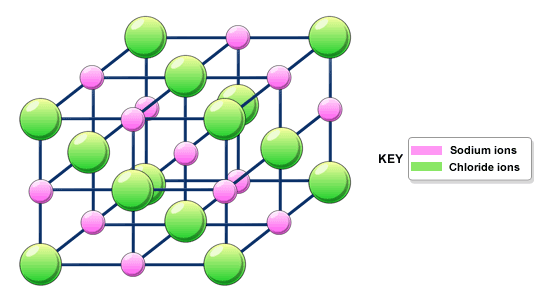2 - HUMAN NUTRITION
Alimentary canal
Mouth -
- Salivary glands in the mouth produce amylase in saliva
- Teeth break down food mechanically
Oesophagus -
- Muscular tube
- Connects mouth and stomach
Liver -
- Produces bile
Gall bladder -
- Stores bile
Stomach -
- Pummels food with muscular walls
- Produces pepsin (protease enzyme)
- Produces HCl - kills bacteria, right pH for proteas enzyme (pH 2)
Pancreas -
- Produces protease, amylase, lipase
- Releases enzymes into small intestine
Small intestine -
- Produces protease, amylase, lipase
- Nutrients absorbed into body
- Contains villi
Large intestine -
- Excess water absorbed by blood
Peristalsis -
- Muscular tissue all the way down alimentary canal
- Squeeze boluses through gut
- Squeezing action - waves of circular muscle contractions
Digestive process -
1. Ingestion
- Break-down of large, insoluble molecules to small, soluble molecules
- Mechanical - teeth and stomach muscles
- Chemical - enzymes and bile
3. Absorption
- Process of moving molecules through the walls of the intestines into the blood
- Digested food molecules absorbed in small intestine
- Water mainly absorbed in large intestine
4. Assimilation
- Digested molecules have been absorbed, moved into body cells - become part of cells (assimilation)
- eg: amino acids used by cells to make cellular proteins
5. Egestion
- Undigested materials form faeces
- Egested
Villi (small intestines) -
- Small intestine - adapted for absorption of food
- Very long - time to break down and absorb all food
- Large surface area for absorption - covered in millions of villi
- Each cell on surface of villi has microvilli - increase surface area further
- Villi - single permeable layer of surface cells, very good blood supple for quick absorption





























